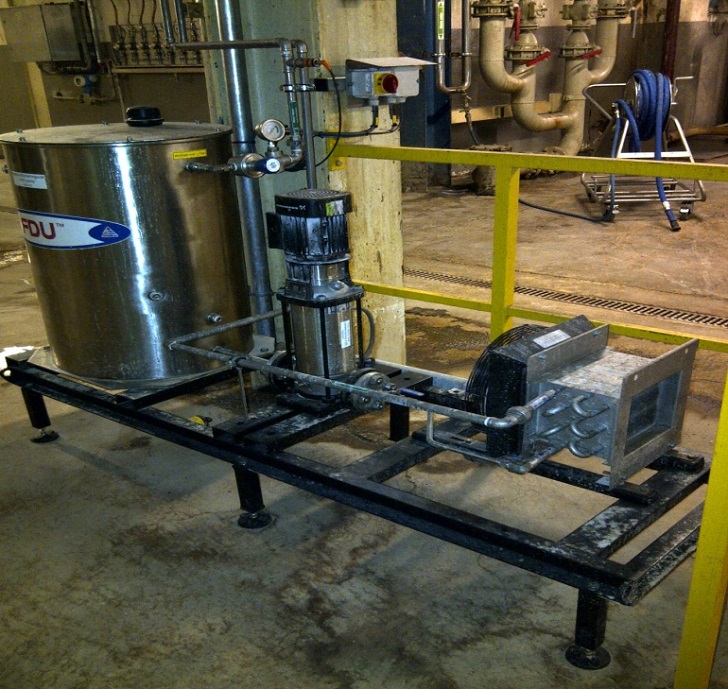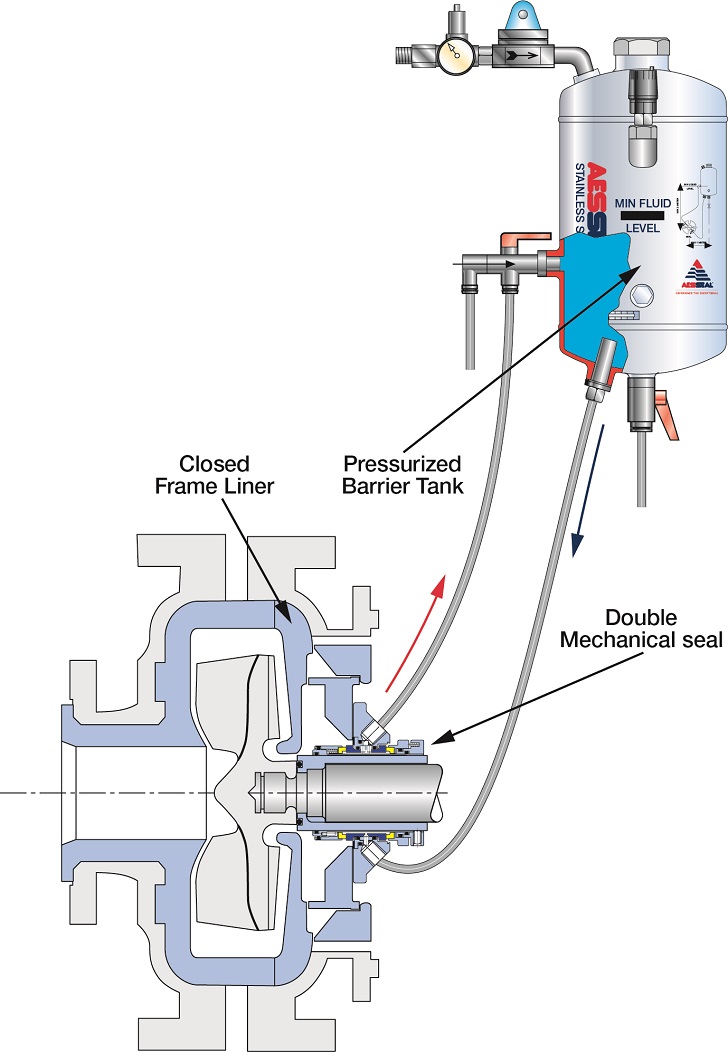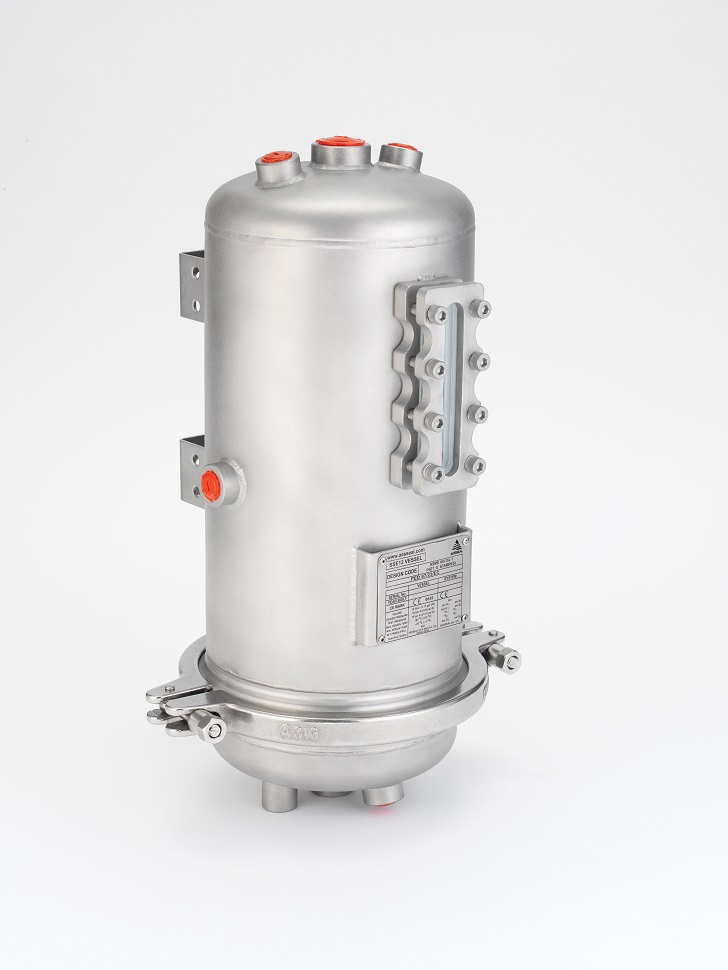


The need to conserve water is becoming increasingly urgent and food and drink producers are under pressure to adopt more sustainable operational practices. One company re-evaluated its filtrate pump systems and found a solution which helps meet sustainability targets and improves productivity.
The drive to conserve water is a universal one and it is rare to see a company which has not outlined, in principle at least, its commitment to adopting more sustainable practices. However, the food and drink industry, which requires filtration solutions for process water as well as wastewater, was cited in 2018 by the CDP, the global organisation which drives action by companies and governments to safeguard water resources, as one of the industries whose water withdrawals were heading in the wrong direction
CDP’s Global Water Report in 2019 presented some starkly contrasting facts: while the number of companies setting targets to reduce water withdrawals doubled between 2015 and 2018, in that same period there was an almost 50% rise in the number of companies reporting higher water withdrawals. The food and drinks sector was cited alongside the manufacturing and mineral extraction sectors as one of the worst offenders. These sobering statistics make it apparent that the industry must seek every possible opportunity to help avert the global water crisis.
Sustainable focus Water efficiency gains are generally easier to implement, and have greater impact, through process changes rather than changes to in-product water content, so this is understandably the focus for those companies seeking to implement more sustainable approaches. However, the focus is often at the macro level, for example re-evaluating high water use across entire processes, such as cleaning or cooling.
While these actions are valid and often productive, further opportunities exist to identify potential opportunities to improve sustainability if companies also turn their focus to the micro. For example, the mechanical seals used on filtrate and fluid transfer pumps are relatively small pump components and it is therefore easy to overlook them.
Yet by examining in detail their impact on the energy and water consumption in industrial processes, it is possible for companies to make step changes to improve the sustainability of an entire plant. They can also reap additional benefits such as enhanced pump reliability, a swift return on investment and long-term operational savings. Improving reliablity
One of the most simple and cost-effective water saving solutions on the market is the ‘continuous loop’ water management system. This all but eliminates water waste while at the same time improves reliability and reduces downtime.
To function correctly, the seal faces in a mechanical seal on a filtrate pump need to be constantly flushed with fluid, often water. This ensures they operate efficiently and that dry-running, which causes overheating and ultimately seal failure and pump breakdown, does not occur. In many applications this fluid is provided from a separate system, and the way this is configured heavily influences the amount of liquid used and energy consumed.
In a typical ‘flush to drain’ application on a filtrate pump, where water is measured for one minute, around 6–12 litres (1.6–3.17 gallons) of flush water is required to flush seal faces. In continuous operation that amounts to roughly 3.2– 6.3 million litres (0.8–1.6 million gallons) per year, for each seal (or pump).
The continuous loop water management system constantly recycles this seal flush water rather than discarding it, reducing waste to around one teaspoonful a day, in the form of vapour. Because the recycled flush water flows across the seal faces in a controlled unbroken supply, this optimises the operating environment, extending the seal’s, and therefore the pump’s, lifespan, optimising productivity and reducing downtime.
Reducing risk The most common reason cited for not implementing this quick-win solution is fear of contamination from bacteria growth in the recycled fluid. Yet a continuous loop barrier fluid vessel has been specifically designed to help ensure the exacting hygiene standards demanded by the food and drink sector are met. Unlike standard sealed vessels, where access to the interior of the vessel is very limited, this can be disassembled for easy inspection and cleaning. Internal filler welds also minimise the presence of ‘bug traps’ which could allow bacteria to build up and breed.
Additional challenges With the additional challenges of Brexit and the Covid-19 pandemic, the squeeze on the bottom line has rarely been tighter. However, even those companies with an understandably close eye on expenditure should consider the savings that can be accrued by installing the correct dual seal and support system. From an annual operational budget you could subtract:
• The cost of energy to heat and cool external flush water. One sugar refinery saved more than 5,944 m3 per year of water and reduced gas usage by 594,432 m3, at a saving of around £181,000 over that period, by installing dual mechanical seals with a water management system.
• Routine and unscheduled maintenance engineer cost savings. This sealing technology is almost maintenance-free and causes no damage to bearings or pump shafts.
• Effluent charges for discarded flush water.
The operational benefits of upgrading to more environmentally sustainable sealing technology are self-evident.
However, less easy to quantify is the enhanced reputation that comes from being able, not just to declare a commitment to the global effort to conserve water, but to evidence it. That is surely a contribution to the future of our planet that no company in any industry should shy away from.
About the author
This article was supplied and written by David Amory, global head of marketing for AESSEAL.





